Table of Contents
Introduction
Released by Naughty Dog in 2020, The Last of Us Part II is not just a continuation of its celebrated predecessor. It is a bold, emotionally intense experience that challenges what video games can accomplish in storytelling. Set in a post-apocalyptic world ravaged by a fungal outbreak, this sequel delves deeper into themes of revenge, trauma, grief, and humanity. While it received both praise and criticism upon its release, there is no denying that The Last of Us Part II expands the limits of interactive storytelling and character development.
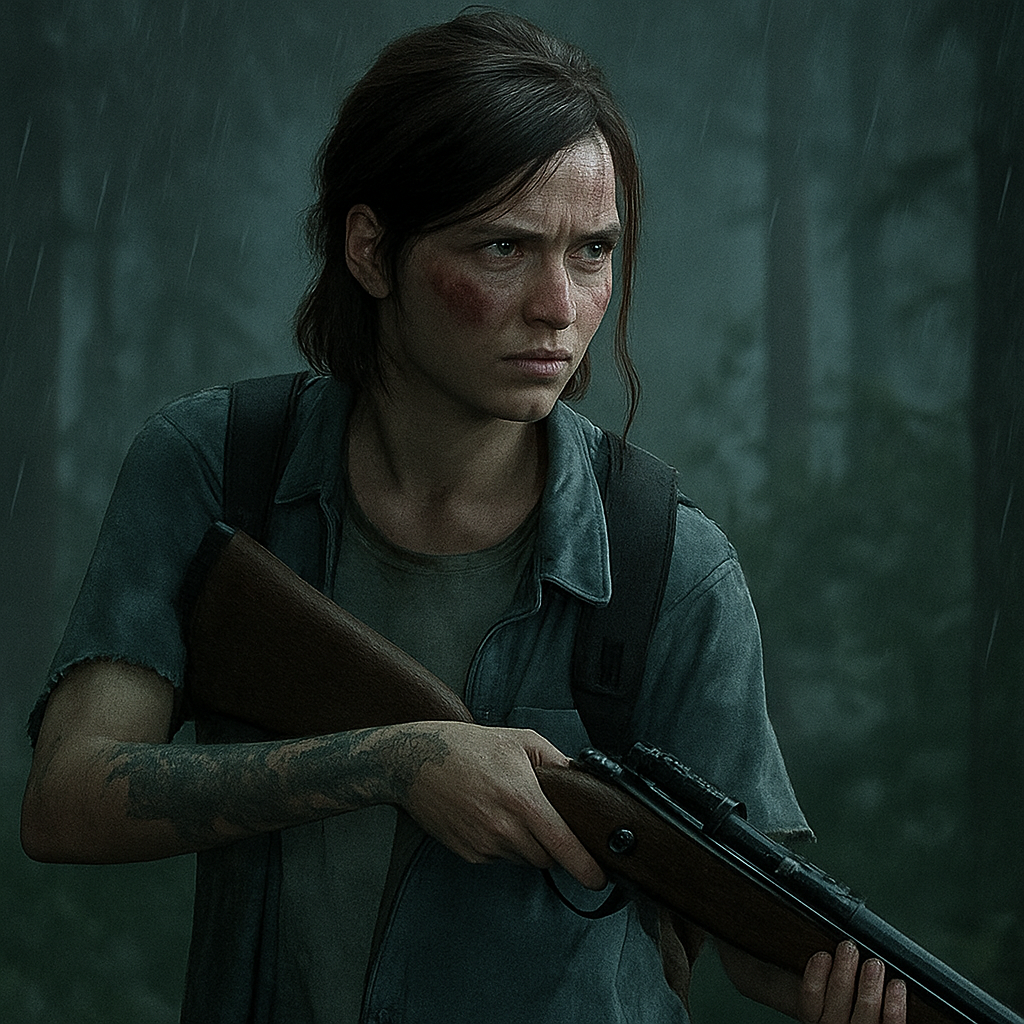
A Powerful Narrative
At its core, The Last of Us Part II is a revenge story. It takes place years after the first game. Joel and Ellie have made a home in Jackson, Wyoming, where they try to live peacefully. However, their peace doesn’t last long. A shocking act of violence pushes Ellie into a fierce quest for revenge, taking players through a devastated Seattle.
The story is not told through just one perspective. Players also control Abby, a new character with her own motives and backstory. This dual narrative adds depth and complexity, prompting players to examine their loyalties and morals. Naughty Dog’s decision to change perspectives during the game was divisive, but it reinforces one of the game’s main messages: every story has two sides.
Gameplay and Mechanics
The gameplay builds on the foundation of the first game. The Last of Us Part II includes stealth-based combat, crafting, exploration, and survival elements. This sequel, however, adds more verticality to the level design, providing players with new chances for stealth or combat.
Combat feels raw and intense. Each encounter has emotional weight. The enemies, including infected and human factions, show smart AI behavior. The addition of dogs that can track Ellie creates a new layer of challenge.
Crafting returns, with players searching for resources to improve weapons or create helpful items. The semi-open world sections promote exploration, revealing hidden stories, loot, and environmental storytelling that enhance the overall experience.
Graphics and Sound
Visually, The Last of Us Part II is impressive. It uses the full potential of the PlayStation 4, delivering detailed environments, realistic animations, and cinematic visuals. The rain-soaked streets of Seattle, overgrown forests, and decaying buildings are created with careful attention to detail.
The sound design is also impressive. Gustavo Santaolalla returns with a beautiful score that matches the game’s somber tone. The voice acting, led by Ashley Johnson (Ellie) and Laura Bailey (Abby), is excellent. Every emotion, from rage to despair, is captured genuinely.
Character Development and Themes
This game thrives on its deep, flawed characters. Ellie is no longer the innocent girl from the first game. She has become tougher, more violent, and more complex. Abby, who first seems like an antagonist, is gradually shown to be just as human as Ellie. The game pushes players to empathize with both characters, no matter how challenging that might be.
Themes of revenge, loss, identity, and forgiveness run through the story. Unlike many games, The Last of Us Part II does not provide a clear resolution. It offers morally complicated choices and keeps players thinking long after the credits finish.
Reception and Controversy
Critically, The Last of Us Part II was a huge success. It won many Game of the Year awards and received praise for its ambition, storytelling, and technical achievement. However, the fanbase was divided. Some people criticized the story choices, especially the early-game death of a beloved character and the focus on Abby.
Despite this, the game’s willingness to take risks is impressive. It focuses on telling a good story rather than catering to fans, and in doing so, it improves the medium.
FAQs
Q1: Do I need to play the first game before The Last of Us Part II?
Yes. The sequel strongly depends on the relationships and events from the first game. It is important to understand Ellie and Joel’s history for emotional context.
Q2: Is the game open-world?
Not entirely. There are open sections where players can explore freely. However, the game is mostly linear to support its story focus.
Q3: How long does it take to complete?
On average, it takes about 25 to 30 hours to finish the main story. This depends on how much you explore and the level of difficulty.
Q4: Is the game suitable for all players?
No. The game has mature themes, graphic violence, and strong emotions. It’s rated 18+.
Q5: Can I play as Joel in the sequel?
Joel is involved in the story, but is not a character you can play for most of the game.
Conclusion
The Last of Us Part II is not an easy experience, but that’s what makes it memorable. It challenges expectations, breaks hearts, and delves into the darker aspects of human emotion like few games. For those willing to connect with its complex storytelling and emotional depth, it ranks among the most ambitious titles in gaming history.
Whether you love it or not, one thing is certain. The Last of Us Part II will be discussed, examined, and remembered for years to come.
Previous Blog: What is the PUBG 3.2 Update?


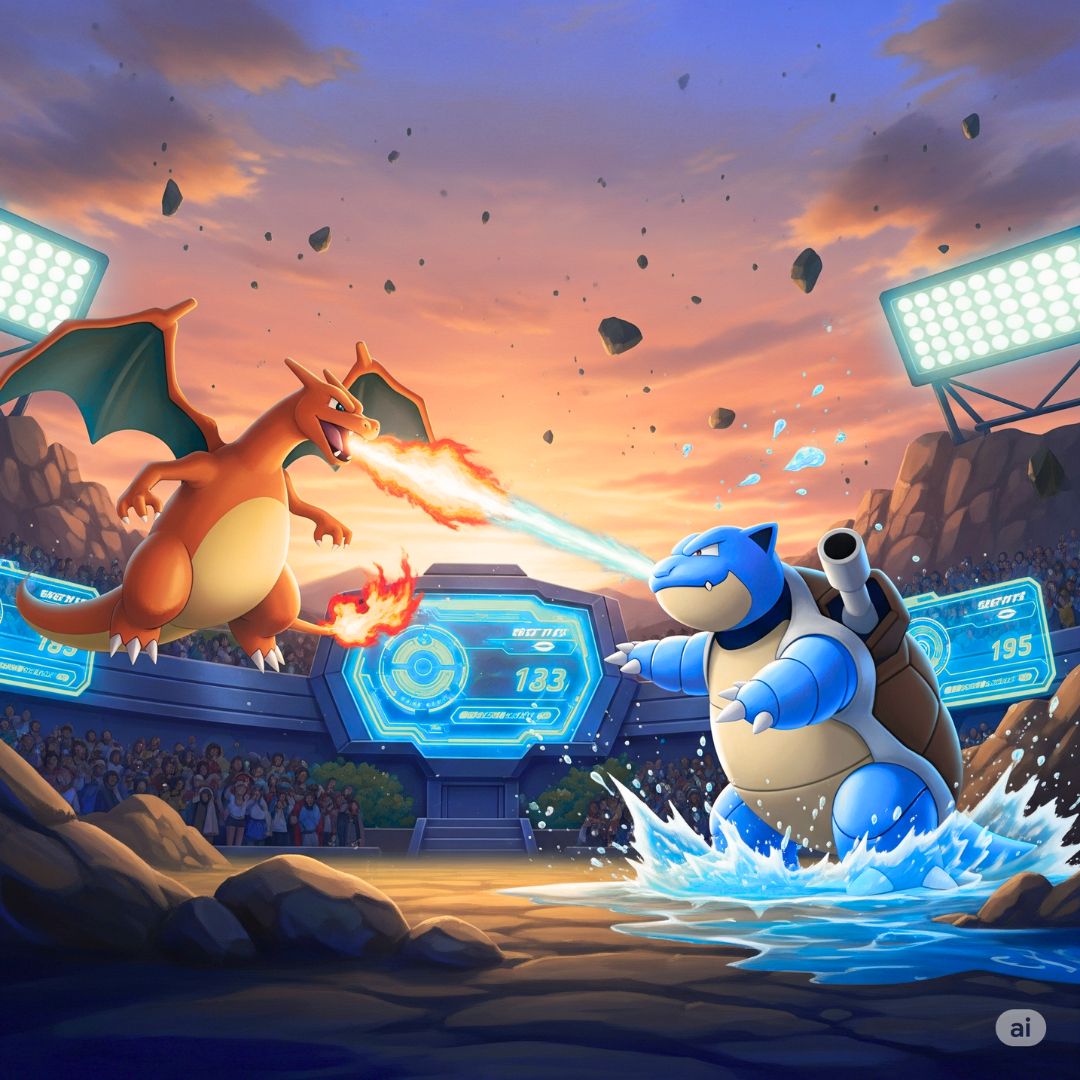
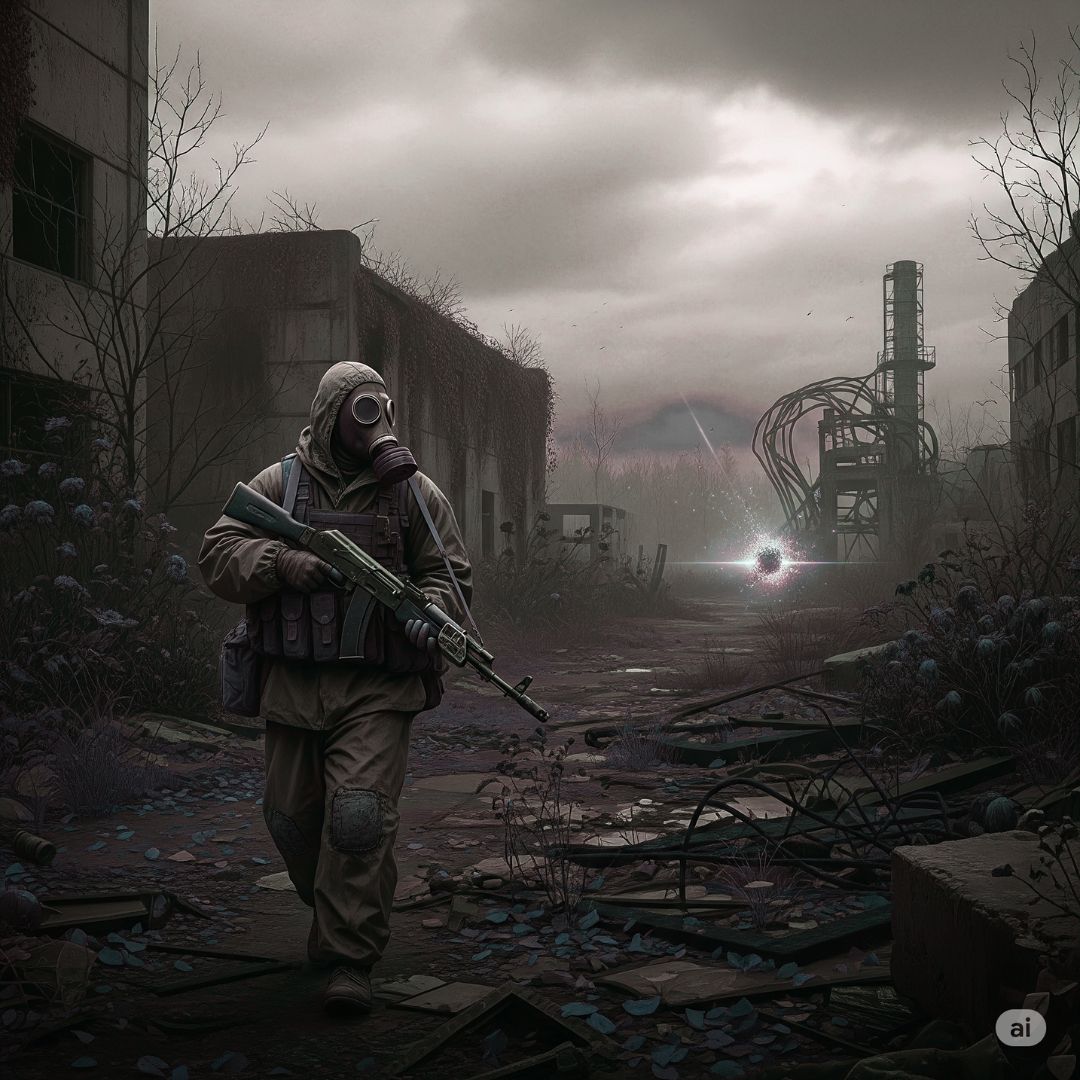
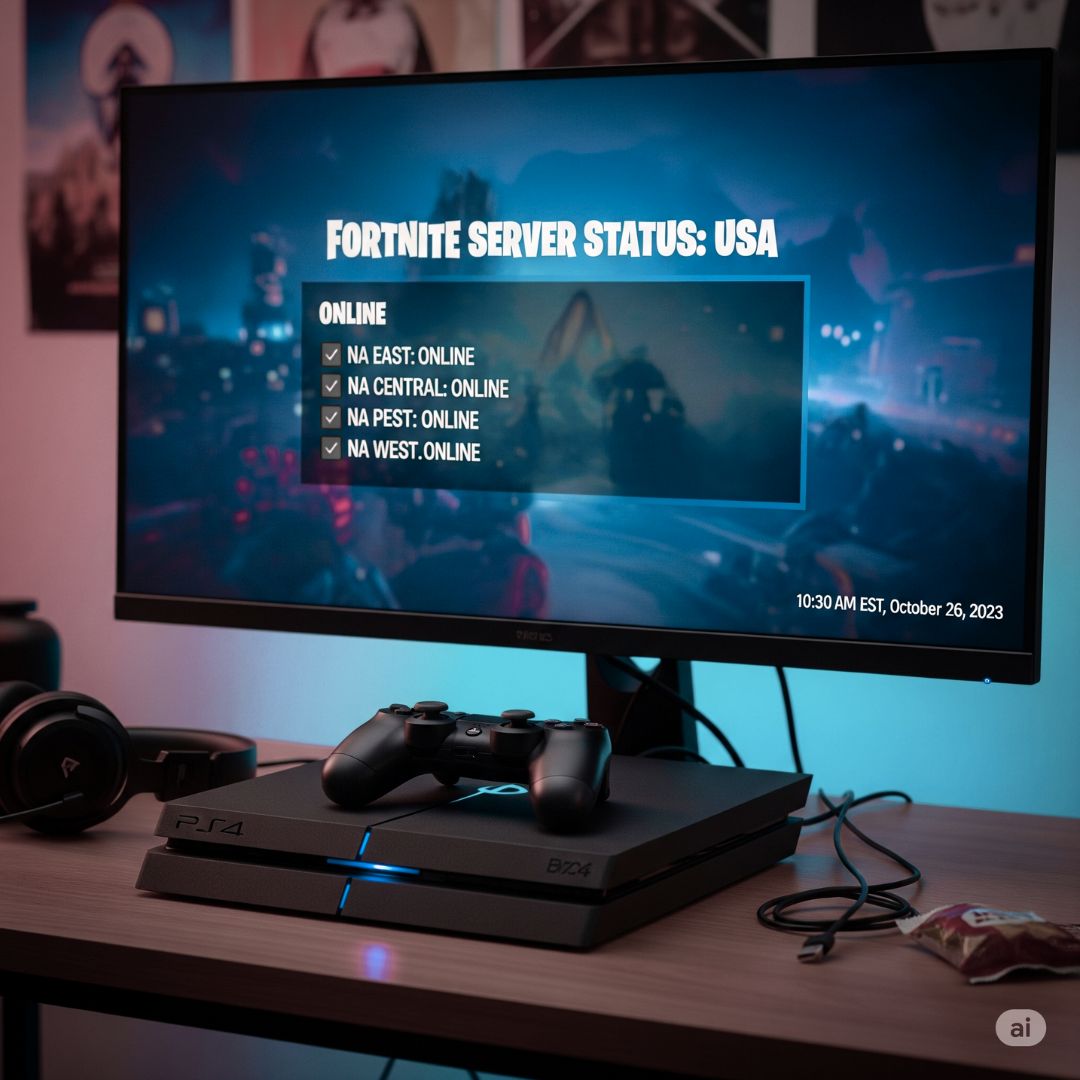


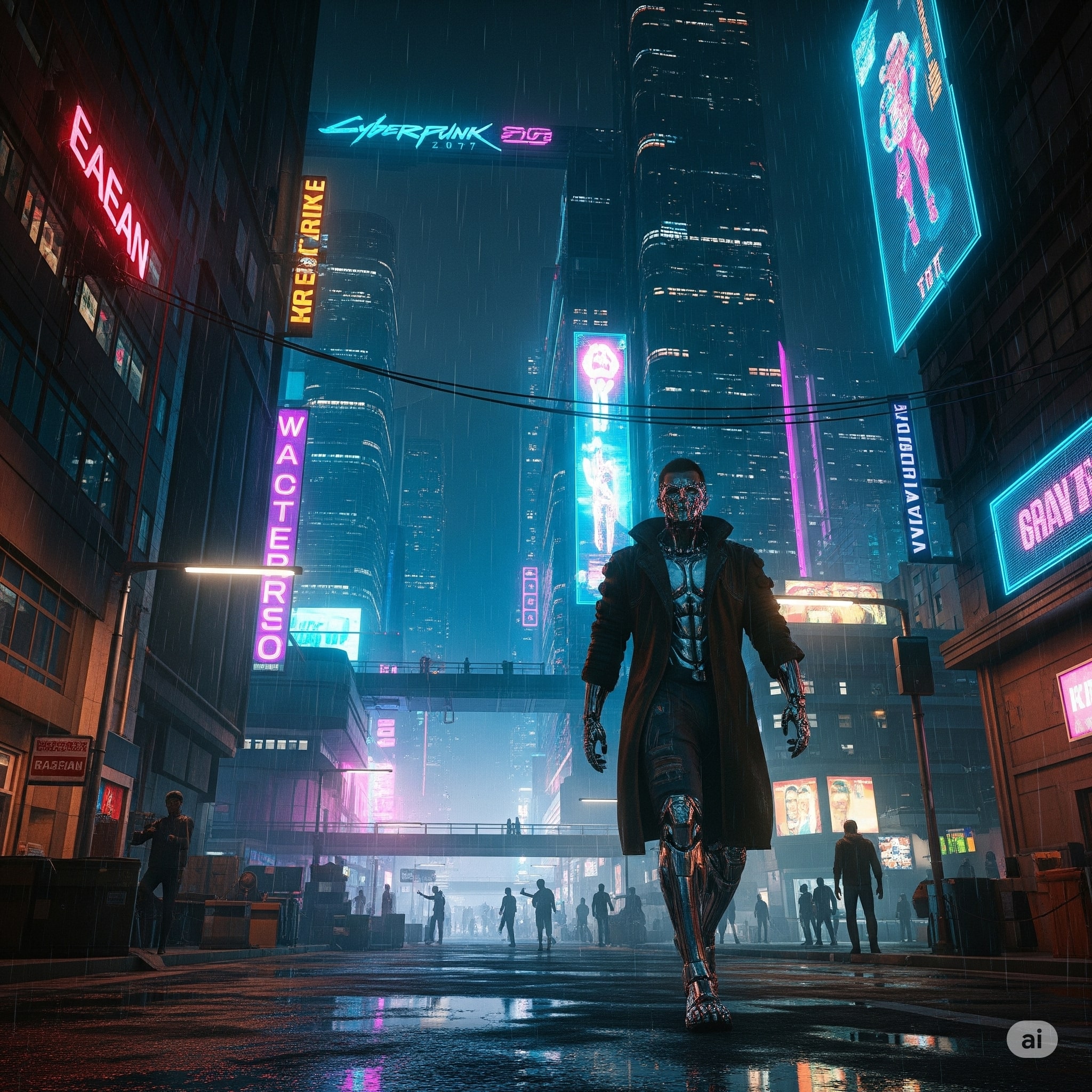
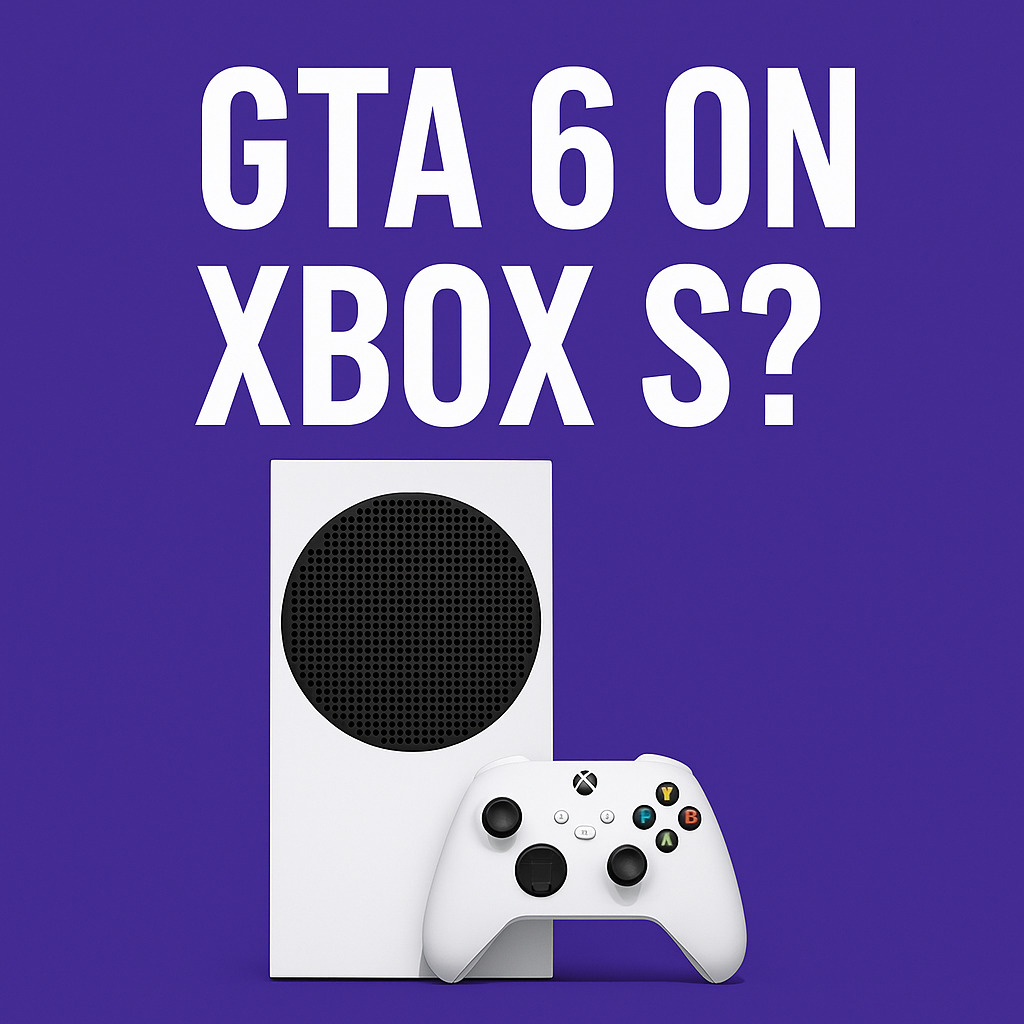


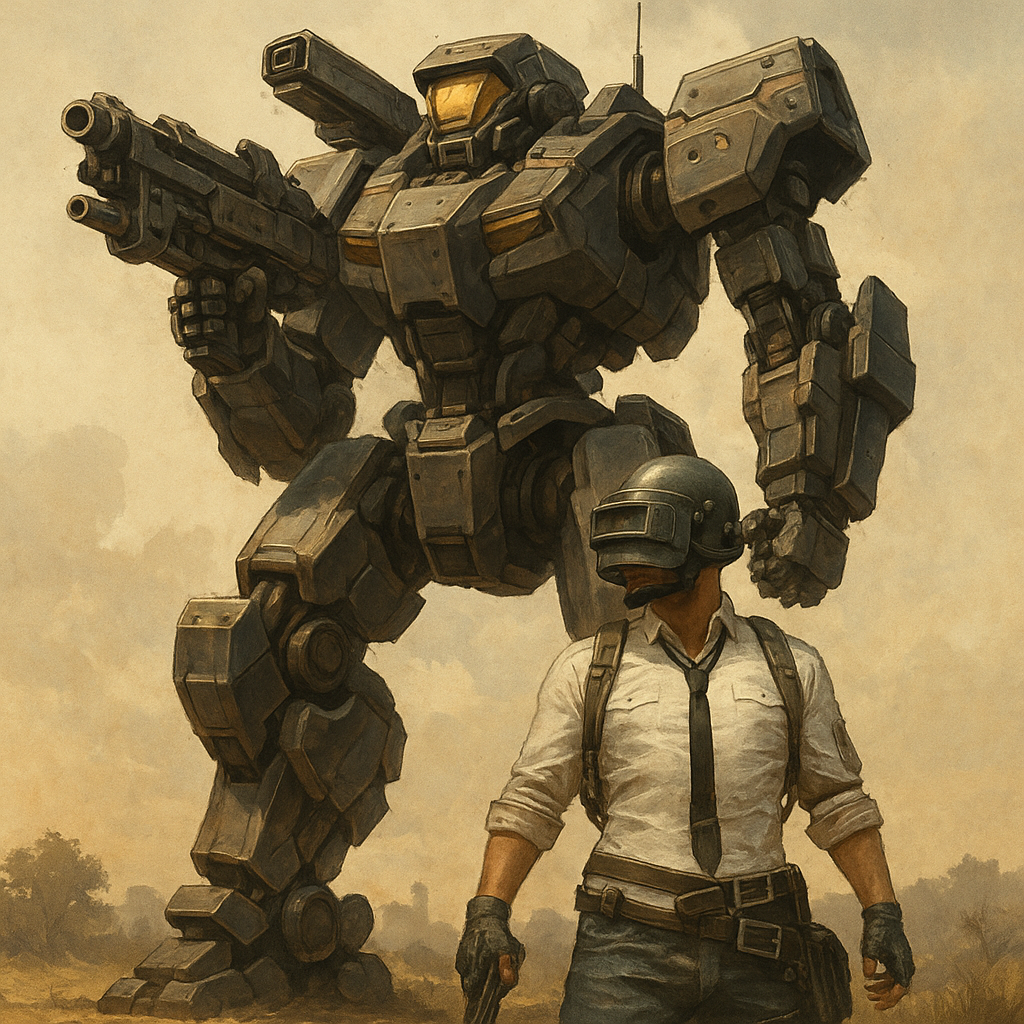
Leave a Reply